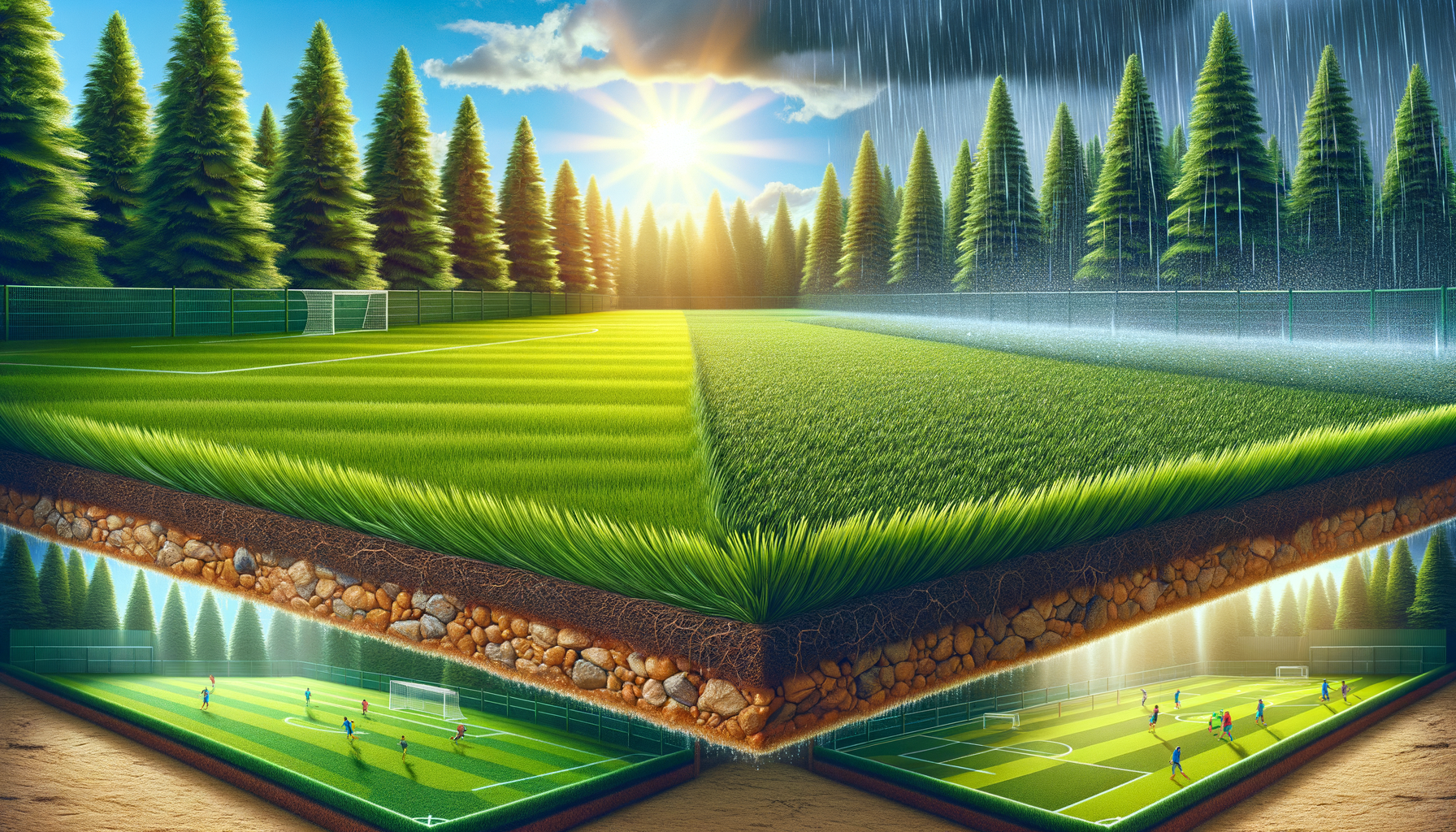The Appeal of Low Maintenance
One of the primary attractions of synthetic turf is its low maintenance requirements. Traditional grass lawns demand regular watering, mowing, fertilizing, and pest control. This can be both time-consuming and costly. In contrast, synthetic turf requires minimal upkeep. Once installed, there’s no need for mowing or watering, which can significantly reduce household water usage, a critical consideration in areas prone to drought. Additionally, synthetic turf does not require fertilizers or pesticides, making it an environmentally friendly choice. This ease of maintenance not only saves time but also reduces the overall cost of lawn care, providing a long-term financial benefit.
Durability and Longevity
Synthetic turf is renowned for its durability and longevity. Unlike natural grass, which can become patchy and worn over time, synthetic grass maintains its lush appearance regardless of the weather conditions. It’s designed to withstand heavy foot traffic, making it an ideal choice for families with children and pets or for commercial spaces with high visitor numbers. The materials used in synthetic turf are UV-stabilized, preventing the fibers from fading under the sun. This ensures that the turf retains its vibrant color for many years. With proper installation and occasional maintenance, synthetic turf can last for 15-20 years, making it a worthwhile investment for property owners.
Environmental Benefits
Although synthetic turf is made from artificial materials, it offers several environmental benefits. The reduction in water usage is one of the most significant advantages, especially in regions where water conservation is essential. Furthermore, without the need for fertilizers and pesticides, synthetic turf reduces the chemical runoff that can pollute waterways. The absence of gas-powered lawn equipment also contributes to lower carbon emissions. Some manufacturers are even producing synthetic turf from recycled materials, adding another layer of environmental consciousness. These factors make synthetic turf a sustainable option for eco-conscious homeowners and businesses.
Versatility in Design
Synthetic turf offers a wide range of design possibilities that are not always feasible with natural grass. It can be installed in various settings, from residential backyards and rooftops to commercial spaces and sports fields. The turf can be customized to fit unique landscape designs, providing a consistent and aesthetically pleasing appearance. With options for different colors, textures, and pile heights, property owners can select the style that best suits their needs and preferences. This versatility makes synthetic turf an attractive option for those looking to create visually appealing outdoor spaces.
Cost-Effectiveness Over Time
While the initial cost of installing synthetic turf can be higher than planting natural grass, the long-term savings are substantial. The reduced need for water, fertilizers, pesticides, and lawn maintenance equipment quickly offsets the initial investment. Additionally, the longevity of synthetic turf means that property owners will not need to replace it as frequently as they might with natural grass. Over time, these savings can be significant, making synthetic turf a cost-effective solution for those looking to invest in their property’s landscaping. The combination of reduced maintenance costs and extended lifespan makes synthetic turf an economically sound choice for both residential and commercial applications.








